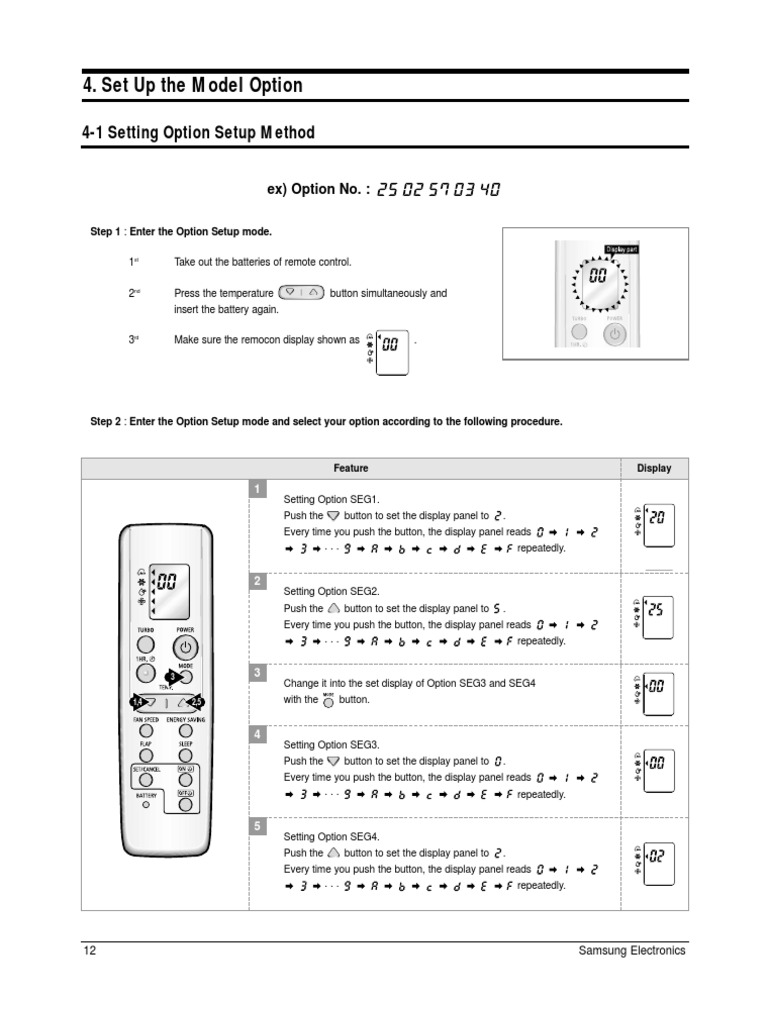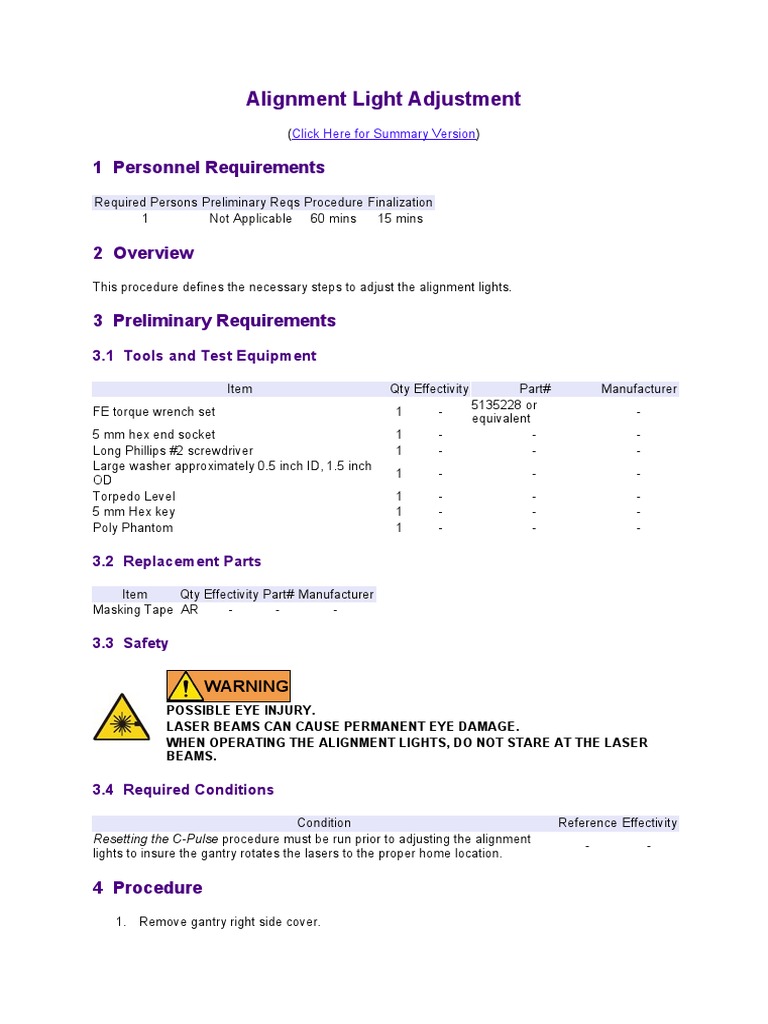

Ceiling lights hanging unevenly can be a frustrating aesthetic issue in any room. This problem is surprisingly common, but luckily, it’s often easily fixable with a little know-how and some basic tools. Unevenly hanging ceiling lights can detract from the overall ambiance of a space, and fortunately, it’s often an easy DIY project. This comprehensive guide will walk you through the process of rectifying uneven ceiling lights. We’ll cover everything from identifying the source of the problem to safe and effective adjustment techniques. Furthermore, we’ll explore some preventative measures to avoid future issues. This article will explain what causes ceiling lights to hang unevenly and then detail clear steps for fixing them, plus offer advice for preventing future issues. It will cover various scenarios, tools, and tips for achieving perfect alignment.
Identifying the Problem: Understanding Uneven Alignment
Assessing the Causes of Uneven Hanging
Often, the first step to fixing unevenly hanging ceiling lights is understanding the root cause. Several factors can contribute to this issue. Perhaps the mounting hardware is loose, the wires are tangled, or the ceiling itself is uneven. Sometimes the issue is a simple matter of adjusting the hanging wires or chains, while other times, it might require a more in-depth approach. Poorly installed ceiling fixtures are a common cause, and in some cases, the underlying ceiling structure itself might be compromised. This assessment phase will involve visually inspecting the light fixture, examining the mounting bracket, checking the wires, and potentially even inspecting the ceiling joists for any irregularities.
Common Reasons for Misalignment
- Loose mounting hardware
- Tangled or improperly routed wires
- Uneven or sagging ceilings
- Inadequate support from the fixture’s mounting bracket
- Incorrect or outdated installation techniques
- Over-tightened or improperly installed mounting screws
- Damaged or weakened suspension system
Related Post : Light Fixtures Flickering Intermittently? Troubleshooting Electrical Causes
Preparing for the Adjustment
Gathering the Necessary Tools
Before tackling the adjustments, gather the right tools for the job. Proper tools can minimize risks and facilitate effective results. This phase involves gathering necessary tools and supplies to ensure a smooth and safe adjustment process. Essential tools include a sturdy ladder, adjustable pliers, wire strippers, a screwdriver set, and a level. Having these tools readily available before starting the adjustment process significantly minimizes risks and facilitates effective results. Consider acquiring additional safety equipment like gloves and safety glasses to further protect yourself. Having these tools ready will save time and stress during the process.
Safety First
Electrical work is dangerous. Always shut off the power to the ceiling fixture before attempting any adjustments or repairs. Ensure that you’re working with the power off and disconnected. Always verify that the power is off. Failure to do so could result in electric shock, which can lead to serious injury or death. This critical safety step cannot be emphasized enough, and any individual without experience working with electricity should strongly consider calling a professional to complete this process.
Adjusting the Light Fixture
Examining the Mounting Hardware
Carefully inspect the mounting hardware for any signs of looseness or damage. Tighten any loose screws or bolts using the appropriate screwdriver. Ensure all screws and bolts are securely fastened to prevent further issues with the mounting hardware. Pay close attention to the screws on the mounting bracket. If they are loose, tighten them appropriately. If they are stripped, replacing the bracket might be necessary.
Working with Wires
Carefully examine the electrical wires for any tangles or damage. Ensure that wires are securely connected to the light fixture. Use wire strippers to expose a small amount of the wire ends, ensuring a reliable connection. If wires are damaged, replace them immediately to prevent short circuits or fire hazards. Ensure the wires are properly and safely connected to the light fixture’s electrical terminals. Pay close attention to the color-coding and polarity of the wires to avoid any accidental connection mistakes or incorrect polarity. These steps are critical to preventing potential electrical hazards and maintaining the integrity of the electrical system.
Achieving Perfect Alignment
Utilizing a Level
Using a level, ensure the light fixture is perfectly aligned horizontally and vertically. This step will ensure that the light fixture is suspended at the desired height and in the correct position. Adjust the mounting hardware or suspension wires as needed to achieve the perfect alignment. Ensuring the light is aligned with the intended position, including vertical and horizontal alignment, is an important factor in achieving ideal aesthetic results. This step ensures the fixture is not only functional but also visually appealing.
Final Adjustments
Once the light is aligned, carefully secure the mounting hardware. Use wire strippers to expose a small amount of the wire ends, ensuring a reliable connection. Double-check that all connections are secure. Inspecting connections is an essential part of ensuring electrical safety and preventing future issues. Thoroughly test all connections and ensure all wiring is properly routed and secured. If any part of the adjustment process seems confusing or intricate, it is best to contact a professional electrician for further assistance.
Preventing Future Issues
Regular Maintenance
To prevent future issues with unevenly hanging ceiling lights, regular maintenance is crucial. Inspect the mounting hardware and wires for any signs of wear or damage regularly. This preventative measure can significantly extend the life of the fixture. This proactive step will not only extend the light fixture’s longevity but also help prevent future issues and maintenance headaches. Checking for loose wires or damaged fixtures can prevent more significant problems.
Choosing Quality Fixtures
Select high-quality ceiling light fixtures that are designed for robust mounting and long-lasting performance. This approach helps in ensuring that your light fixtures are adequately supported and prepared to withstand potential stresses and avoid damage over time. Buying a higher quality product will save money in the long run by preventing costly replacements or repairs.
In conclusion, adjusting uneven ceiling lights involves careful planning, precise execution, and attention to detail. By following the steps outlined in this article, you can easily realign your ceiling lights and achieve a perfect, aesthetically pleasing arrangement. Remember to prioritize safety throughout the process. If you’re unsure about any step, consult a qualified electrician. Contact a professional if you need further assistance or have concerns about electrical work. Elevate your interior design by fixing those misaligned ceiling lights today!